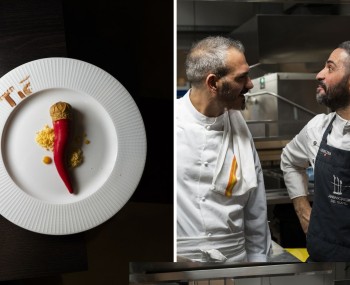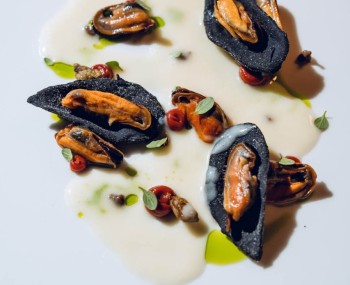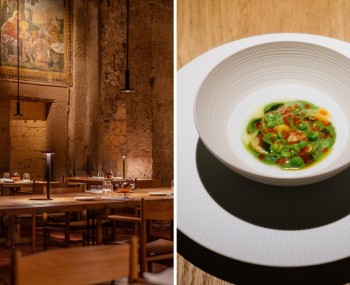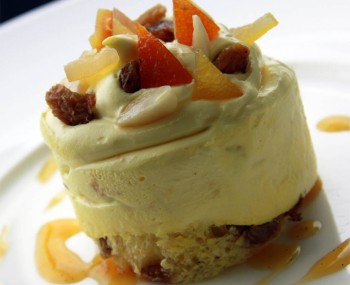Creamy, bold, and enlivened by freshly ground black pepper: Giorgio Locatelli's perfect version of cacio e pepe.
The dish
Giorgio Locatelli's tribute to Italy's signature dishes has always been a huge hit across the border, from Calamarata di pesce to Pappardelle fave e rucola (both of which can be found on the menu at the recently opened National Gallery restaurant), to pasta con le sarde (here is his recipe for preparing it to perfection). It is no coincidence that the renowned chef and MasterChef judge continues to offer evergreen dishes that embody Italianness with enveloping flavors and modern aesthetics, such as the maritozzo stuffed to order that is all the rage at his new London restaurant.

This time, however, we have chosen to offer you a typical first course that couldn't be more typical, namely Cacio e pepe from the book “Made at Home”. The author's advice? “Use only ‘young’ Pecorino Romano cheese and grate it delicately without pressing, so that it falls like ‘snow’ and does not become grainy during the crucial stages of creaming”; or, “add very little salt to the water in the pot and use it to mix everything together to form the cream.” The pasta should be drained al dente (never exceed 6 minutes of cooking time!), and the pepper should be purchased in grains for grinding just before use. You can read the rest below in the author's recipe.
Giorgio Locatelli's Cacio e pepe recipe

Total preparation time: 15-16 minutes
Serves 6
Ingredients
- 500 g spaghetti
- 5 tablespoons grated “young” Pecorino Romano cheese
- 1 teaspoon salt
- 2 teaspoons freshly ground black pepper
- 1 tablespoon olive oil
Method
Grate about 5 tablespoons of mild Pecorino Romano cheese, or more to taste.
Bring the water for the pasta to a boil. In this recipe, the water becomes a key ingredient that binds the cheese and pepper to the spaghetti, so it is important that it contains as much starch as possible: to this end, use only 3 liters of water for 500 g of pasta.
This also means using less salt (only one teaspoon), while stirring the pasta is essential to prevent it from sticking to the bottom.
Cook for only 5-6 minutes, until al dente.
Once the spaghetti is cooked, crush about 2 teaspoons of black peppercorns in a frying pan using a meat mallet or the tip of a rolling pin (this is easier to do in the pan than on the work surface). Add a little olive oil, a ladleful of the pasta cooking water, and simmer.
Now drain the spaghetti (reserving the cooking water), add it to the pan along with the grated cheese and mix well: the spaghetti will continue to cook and release more starch.
Add a little of the pasta cooking water if necessary, so that it blends with the melted cheese and gives a creamy consistency.











